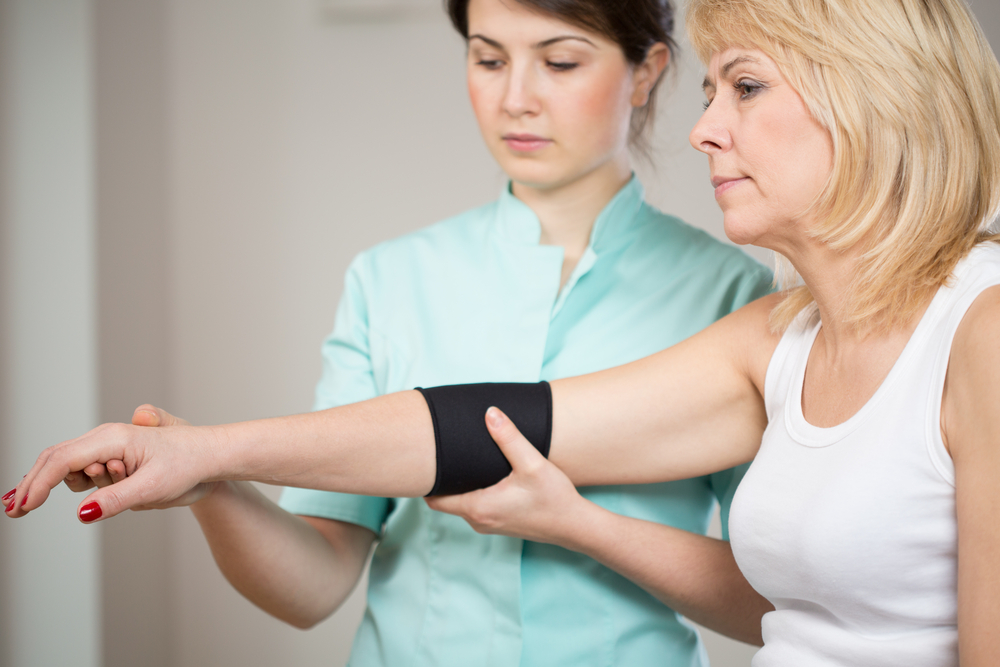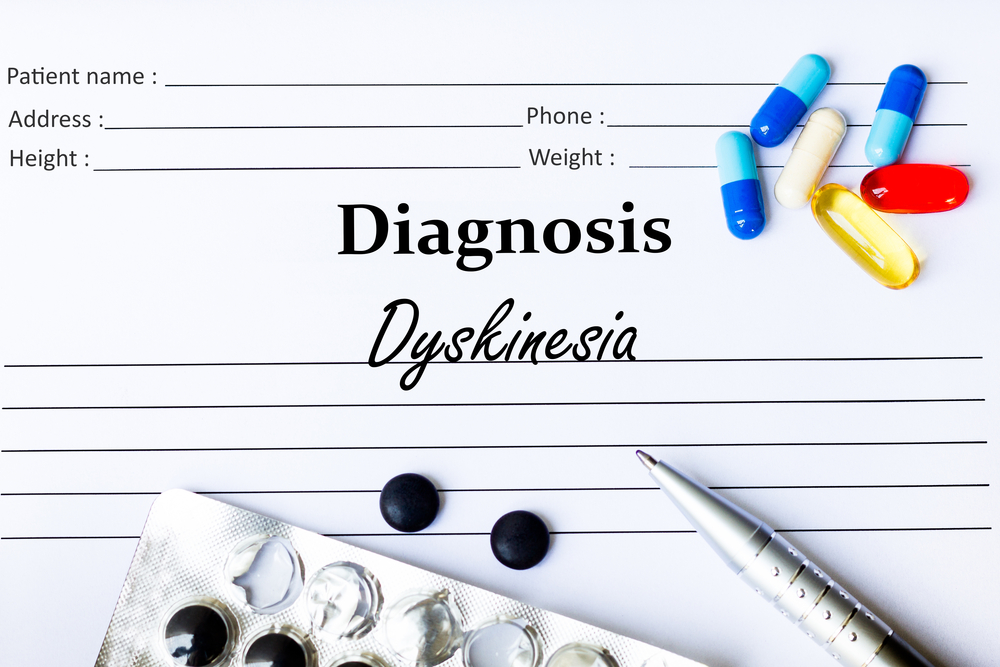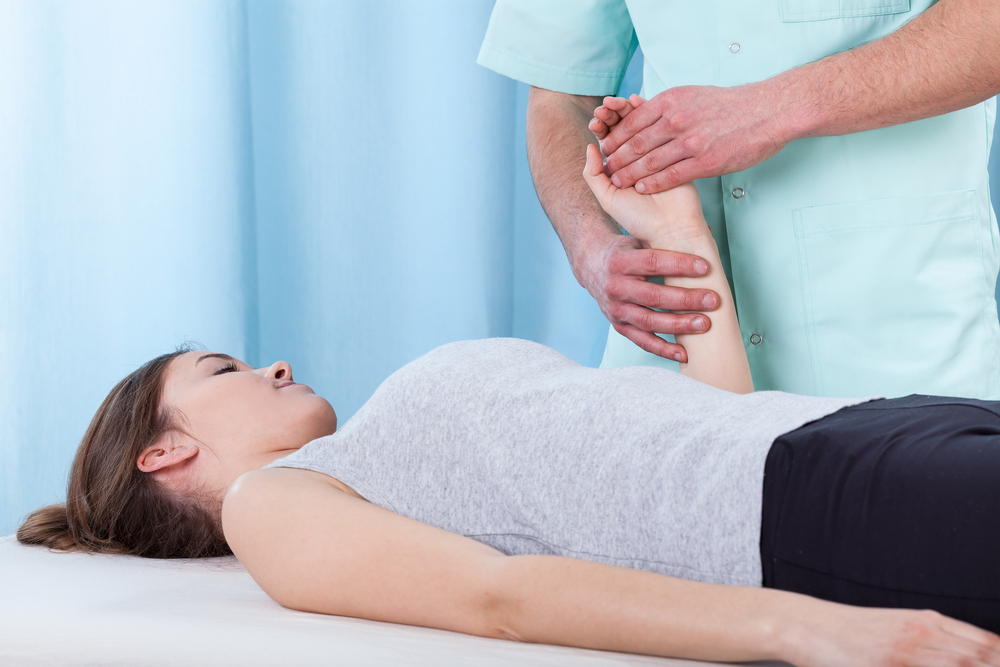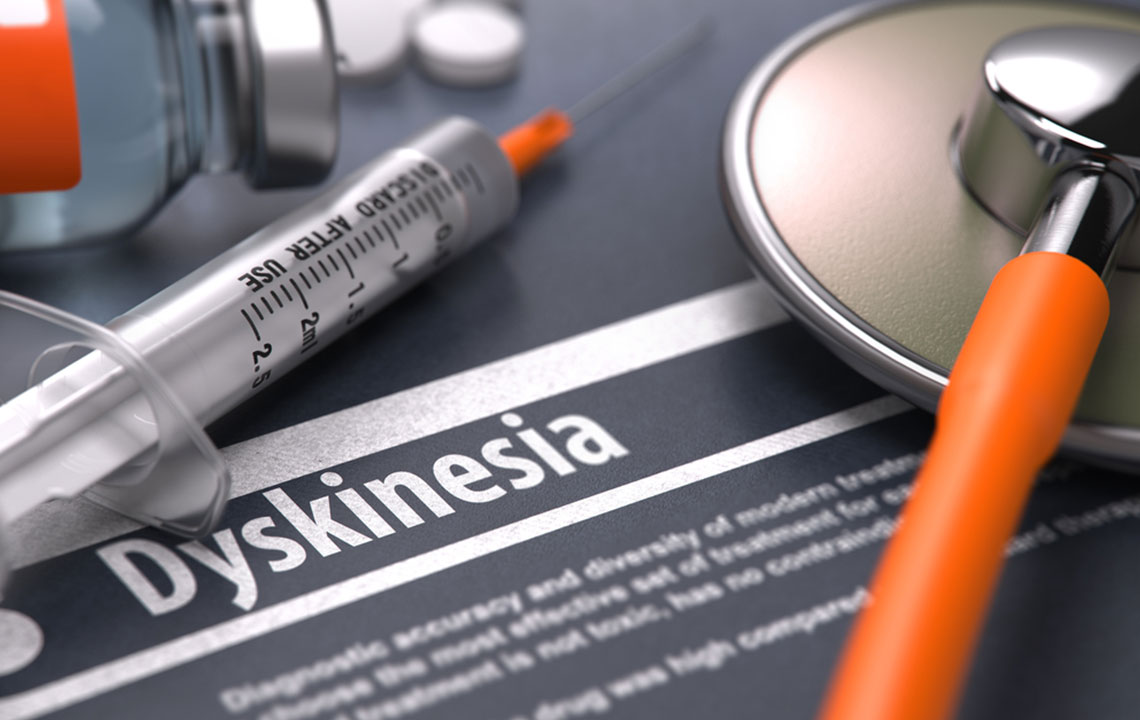Comprehensive Guide to Various Types of Movement Disorders and Their Impact on Health
This comprehensive guide explores the various types of movement disorders, including tremors, dystonia, chorea, and more. Understanding symptoms, causes, and treatment options helps patients and caregivers manage these conditions effectively. Early diagnosis and professional intervention are vital for improving quality of life and preventing complications associated with involuntary muscle movements.
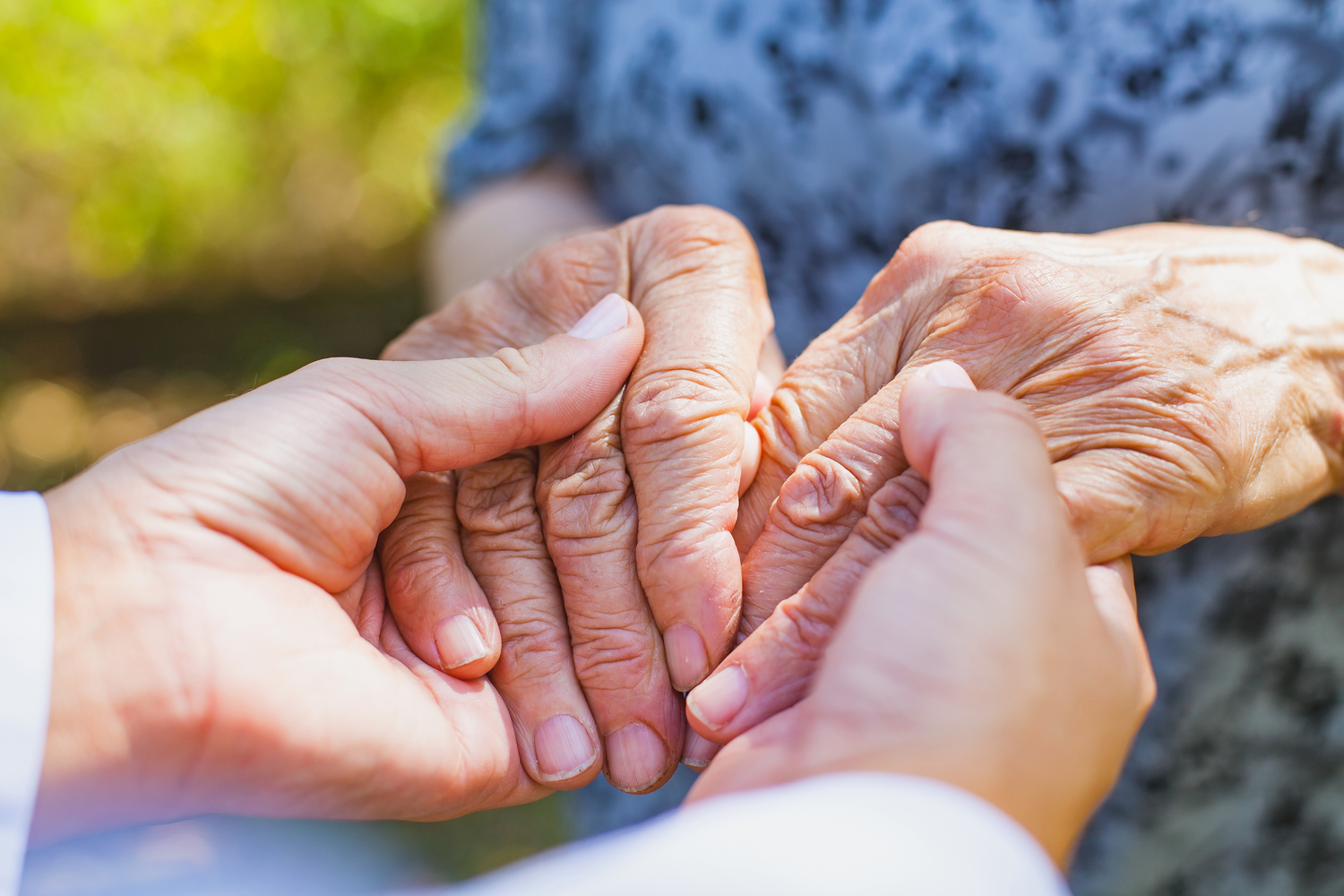
Exploring Different Categories of Movement Disorders
Movement disorders encompass a wide range of neurological conditions characterized by involuntary muscle movements that can significantly interfere with daily life. While some people associate these disorders primarily with Parkinson's disease or the effects of medications like levodopa, the reality is that many other factors contribute to their development. Understanding the various types of movement disorders is essential for early diagnosis, effective management, and improving quality of life for those affected.
Involuntary movements can manifest in diverse forms, each with distinct causes, symptoms, and impacts. These include tremors, dystonia, tardive dyskinesia, chorea, myoclonus, spasmodic torticollis, ballism, athetosis, tics, and stereotypies. Recognizing the differences among these conditions can aid in timely medical intervention and targeted treatment strategies.
Tremors: The Most Common Movement Disorder
Tremors are rhythmic, involuntary shaking movements that can occur in one or both limbs. They may happen at rest, during movement, or in specific circumstances, such as stress or fatigue. Tremors are often associated with neurological conditions like Parkinson's disease but can also be caused by other health issues including multiple sclerosis, cardiovascular problems, or the overuse of alcohol and drugs. These shaking motions can range from subtle to severe, sometimes interfering with daily activities like writing, eating, or speaking. The underlying cause of tremors varies, making diagnosis and treatment complex, often requiring a detailed neurological assessment.
Dystonia: Muscle Contractions Leading to Twisting Movements
Dystonia involves involuntary muscle contractions that produce twisting, repetitive movements, or abnormal postures. This condition can affect various body parts, including the neck (cervical dystonia), face, limbs, or even the torso. Patients might experience involuntary blinking, facial grimacing, or abnormal head tilts. Dystonia may be primary or secondary to another neurological disease or injury. Its symptoms can worsen over time, and management often involves medications like anticholinergics, botulinum toxin injections, physical therapy, or deep brain stimulation in severe cases. Early diagnosis is vital to prevent progression and improve patient comfort.
Other Notable Movement Disorders
Beyond tremors and dystonia, numerous other movement disorders can significantly impact individuals' lives. Understanding these conditions provides a broader perspective on neurological health and helps guide appropriate treatment options:
Tardive Dyskinesia: Characterized by repetitive, involuntary movements often affecting the face, tongue, neck, or limbs. It commonly results from prolonged use of antipsychotic medications or occurs in patients with schizophrenia or metabolic conditions like diabetes. Symptoms may include grimacing, lip-smacking, or tongue protrusions. Managing tardive dyskinesia involves adjusting medications, using specific drugs to reduce symptoms, or employing physical therapies.
Chorea: These are rapid, jerky, and unpredictable involuntary movements that can shift from one body part to another. Chorea might stem from side effects of medications for Parkinson's or epilepsy but can also be caused by illnesses such as Wilson's disease, meningitis, or infections like HIV/AIDS. Treatment focuses on managing the underlying cause and controlling the movements through medications and supportive therapies.
Additional movement disorders include:
Myoclonus: Sudden, brief muscle jerks or spasms, often occurring at rest or during specific activities. Neurological conditions like epilepsy, stroke, or neurodegenerative diseases often underpin myoclonus. Treatment may involve anticonvulsants, physical therapy, or addressing the primary condition.
Spasmodic Torticollis: This involves involuntary contractions of neck muscles, causing the head to turn or tilt uncontrollably. Symptoms tend to worsen with movement and may cause neck pain or discomfort. Treatment options include botulinum toxin injections, physical therapy, or medications to relax muscles.
Ballism: Characterized by violent, flailing movements of the limbs, often leading to injuries. Causes include stroke, brain injury, or oxygen deprivation. Managing ballism involves controlling underlying causes with medication and supportive care.
Athetosis: Slow, writhing movements primarily affecting the hands and feet. This disorder usually worsens with movement or at rest and is often associated with cerebral palsy or other neurological conditions. Treatment includes physical therapy, medications, or surgical interventions in severe cases.
Tics and Stereotypies: Repetitive muscle movements or twitches that can vary from mild to severe. They are sometimes linked to Tourette’s syndrome or medication effects and can often be controlled with behavioral therapy or medications.
Recognizing and understanding involuntary movements is crucial, especially if they impair daily functioning or progress rapidly. Consulting a neurologist or healthcare professional ensures accurate diagnosis and effective treatment, helping individuals regain independence and reduce the risk of complications. Early intervention can significantly improve outcomes, emphasizing the importance of awareness and prompt medical attention for movement disorders.


